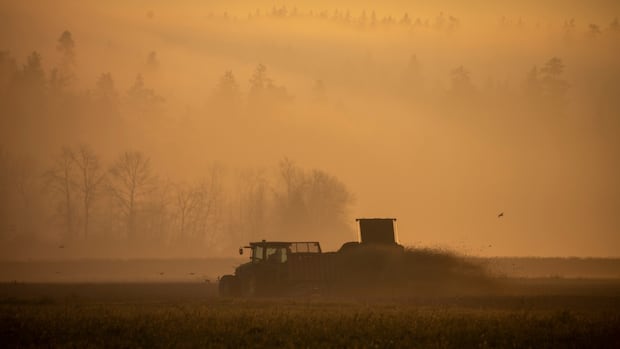Missing Canadian soldier finally buried in France after being killed in World War I

A long-missing WWI soldier with ties to Calgary has been found, identified and finally buried in France this month.
Private Harry Atherton was reported missing and presumed dead on August 15, 1917 – the first day of the Battle of Hill 70 near Lens, France.
In June 2017, human skeletal remains were found in France by a group clearing munitions on land designated for construction work.
After a lengthy identification process, those remains and other clues, such as a damaged identification badge, were determined to be Atherton’s.
Last week, Atherton was buried with military honors at the Loos British Cemetery in Loos-en-Gohelle, France, along with two other Canadian soldiers who had recently been identified.
The military funeral was attended by a contingent of the Calgary Highlanders, his continuing unit, as well as relatives of the soldiers.
Major David Peabody, operations officer in the Highlanders, a Calgary-based reserve regiment of the Canadian Army, traveled from Calgary to Lens for the funeral.
“I think it really makes sense for us as soldiers to feel that Canada, after that time has passed, is still trying to make sure that these people get a proper burial and that they are taken care of, that they are not forgotten “, he said. said.
Peabody says he had a conversation with a distant relative of Atherton’s during the funeral, and they discussed a set of pen knives found on Atherton when he was rediscovered.
“One of the family members just looked wide-eyed. And he said, ‘I have a collection of pocketknives. And it’s scattered around the family,'” Peabody said.
“I think the weight of what this meant hit him. So it was something special to see that happen.”
Find lost soldiers
The discovery of Atherton and other Canadian soldiers in France is not as unusual as it may seem.
The risk of unexploded ordinances in the soil requires areas to be swept before building, leading to discoveries of human remains every year in countries like France and Belgium.
“The majority are British. Sometimes there are German individuals, but it’s more than 50 skeletons a year that are discovered,” said Sarah Lockyer, casualty identification coordinator at the Ministry of National Defense.

The three Canadian soldiers recently buried were all found near the site of the Battle of Hill 70. Corporal Percy Howarth was found in 2011 and Atherton and Sergeant Richard Musgrave were found in 2017.
In Atherton’s case, a badge of the 10th Battalion and a damaged identification disk contain clues as to who he was.
But finding the remains of soldiers is only the first step in a long identification process, Lockyer says.
The location of the finds must be associated with the historical battles in that area, a forensic anthropological study is done on DNA and then genealogical research is also done.
The Homestretch9:39WWI soldiers identified and returned home
Some Canadian families were finally able to bury their ancestors in France last week. The remains of three World War I soldiers have been found in France over the past decade, including one soldier who died fighting with the Calgary Highlanders. Sarah Lockyer is a Casualty Identification Coordinator in the Canadian Forces who has worked to identify the remains.
Lockyer says it’s work she loves to do to record history and close families.
“For me, as a forensic anthropologist, it’s the pinnacle of everything. Like they’ve got their name back, they’ve got their face back — and that’s priceless.”

Who was Harry Atherton
Atherton was born in Leigh, England, in 1892 to James Henry Atherton and Sarah Atherton.
In 1913, Atherton moved to Canada alone and settled in McBride, BC. He was a carpenter by trade before enlisting in Edmonton in 1916.
He was a member of the 10th Canadian Infantry Battalion, which was renamed the Calgary Highlanders after the war.
Arriving in Liverpool, England, via New Brunswick in 1917, Atherton fought in many battles. He was wounded and recuperated in England before returning to the front.
On June 8, three Canadian World War I soldiers were buried with military honors and with their families present at Loos British Cemetery, Loos-en-Gohelle, France. #RememberThem
More information: https://t.co/1hbO7aK573 pic.twitter.com/F2qINbXv9A
He died in what is known as the Battle of Hill 70, the successful capture of a significant high area near the town of Lens, France, held by German forces.
Atherton was reported killed in action on August 15, 1917. He was 24 years old.
His name is inscribed on the Canadian National Vimy Memorial, listed among the names of soldiers who have no known grave. Although now for Private Harry Atherton that is no longer the case.



